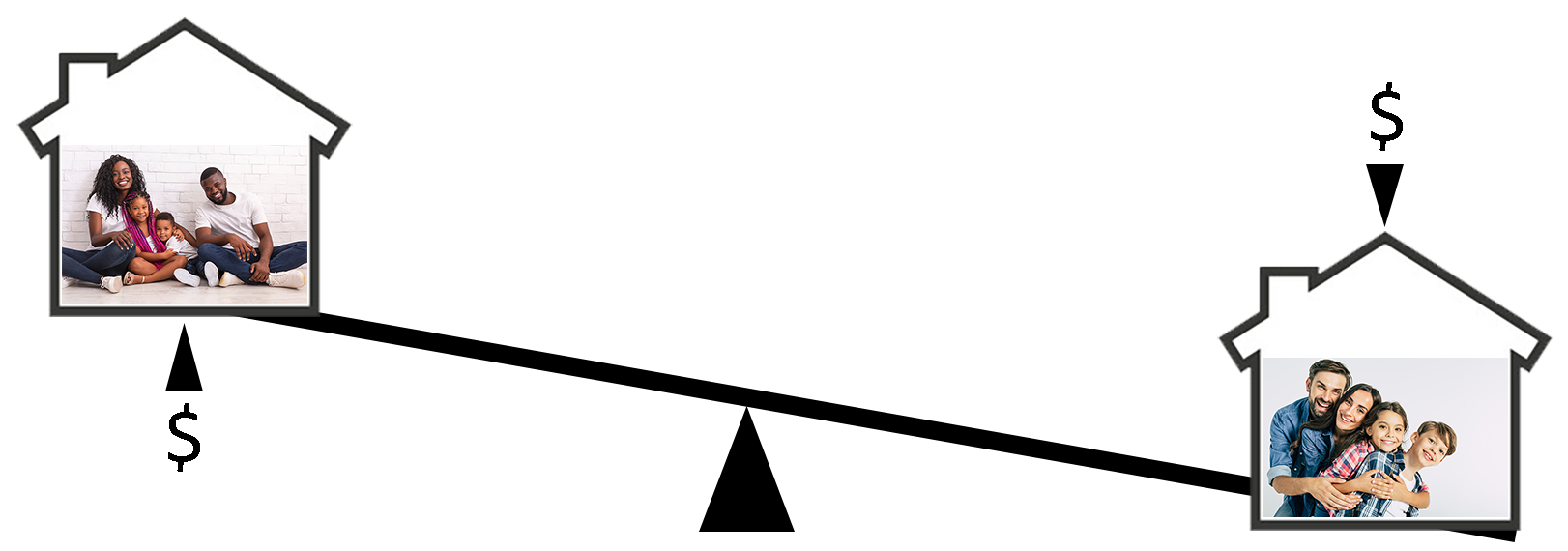Main Content
Lesson 1: An Introduction to Tax
Choosing a Type of Tax to Impose
The following are characteristics of a “good” tax (from Adam Smith’s Wealth of Nations, published in 1776).
Certainty
Taxpayers should know when a tax will be imposed, how it will be imposed, and the amount of the tax.
Convenience
It should be easy (convenient) for taxpayers to pay taxes. Convenience is the argument given for income and employment taxes being withheld from taxpayers’ paychecks and for quarterly estimated payments of taxes when needed. Paying in these ways is more convenient for the taxpayer than waiting until the annual tax return is completed and paying the entire amount of taxes at one time.
Economy
Based on Adam Smith's model of economics, the costs of administration of a tax system should be minimal and efficient for both the tax collecting agency (IRS) and the taxpayer. In other words, a tax system should not cost a lot of money to implement, collect, or enforce tax laws for either the IRS or the taxpayer, and it should be easy for the taxpayer to understand and pay taxes owed.
Equity
A tax should be based on a taxpayer’s ability to pay. This is usually an income-based decision, though other factors can apply. These equality considerations are captured in two concepts—horizontal equity and vertical equity.
Horizontal Equity


Taxpayers who are situated similarly should pay similar taxes. For example, if we look at two households that are next-door neighbors, and each consists of a married couple with two children and similar household incomes, then those two households should pay a similar amount of taxes. If that is the case (i.e., the two households pay a similar amount of taxes), then there is horizontal equity. If it does not hold true (i.e., they pay dissimilar amounts of taxes), then there is horizontal inequity.
Vertical Equity

Taxpayers who are not situated similarly should not pay similar taxes. For example, if we look at two households that are next-door neighbors, and each consists of a married couple with two children, but one household earns $200,000 per year while the other household earns $100,000 per year, then the household with the higher income should pay more taxes than the lower income household (ideally twice as much, based on the amounts of income). If that is the case (i.e., that the higher earning household pays about twice as much in taxes), then there is vertical equity. If it does not hold true, then there is vertical inequity.
